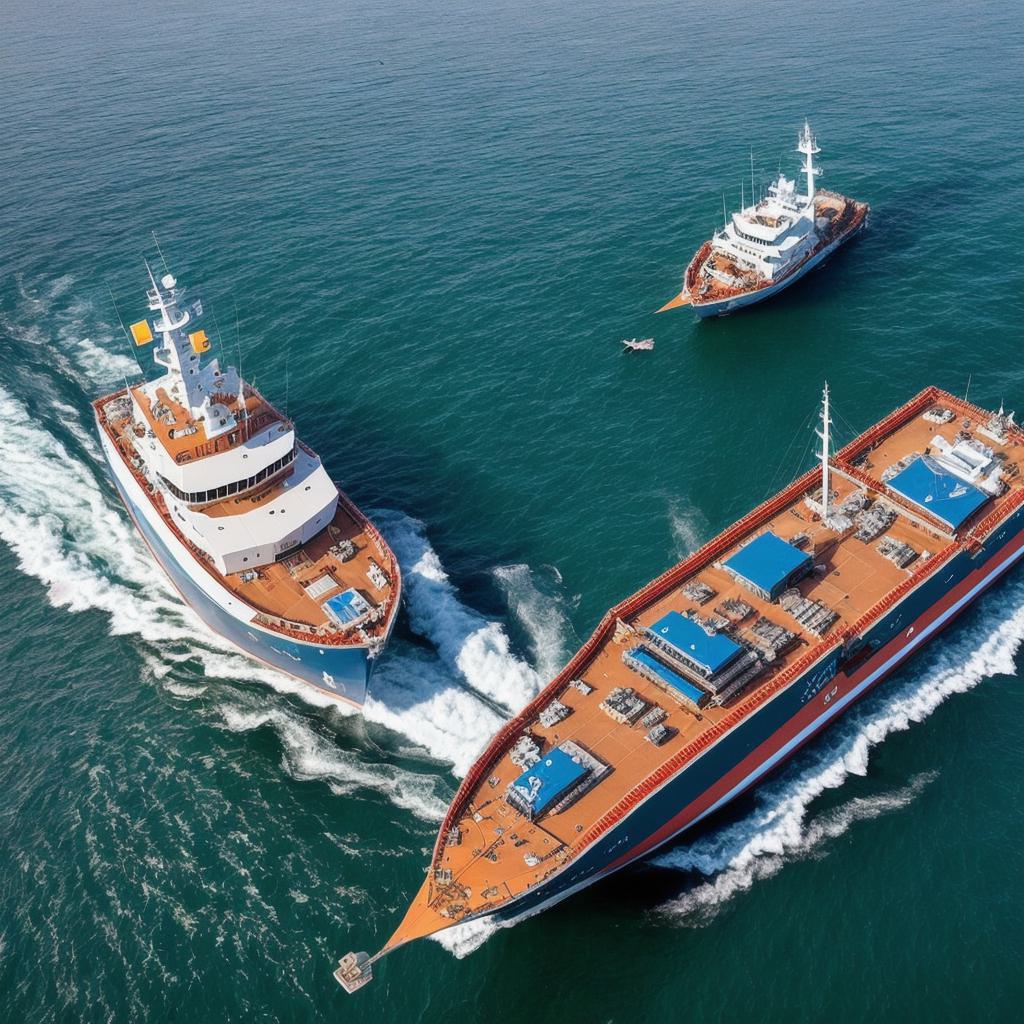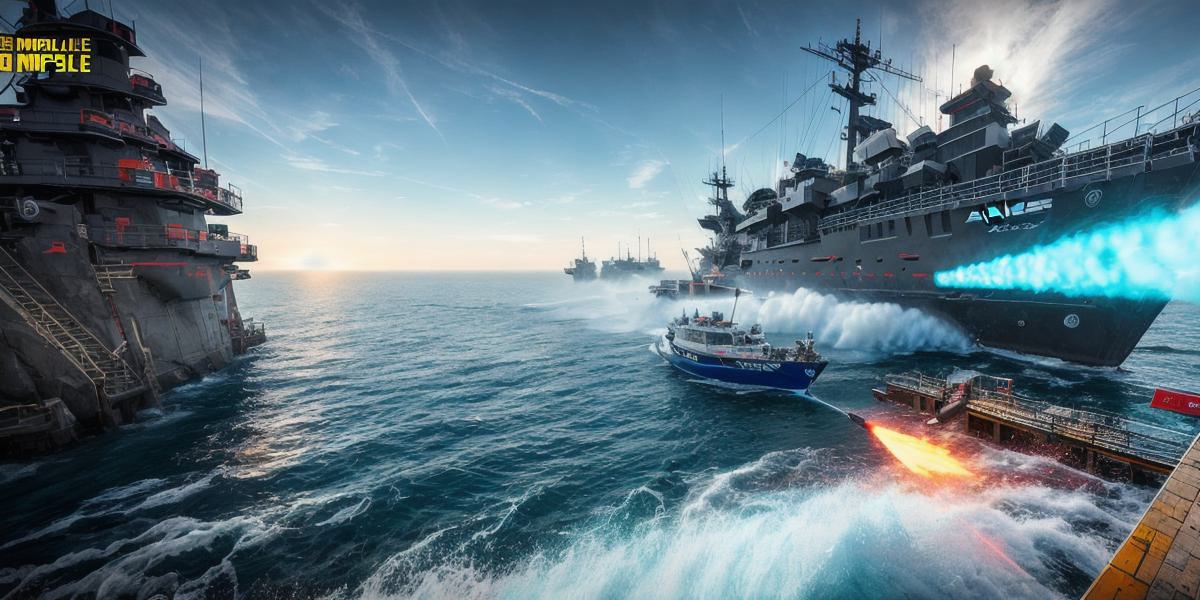The Impact Gangplank story is just one example of how crowdfunding can be used to support innovative solutions to real-world problems. Crowdfunding has become an increasingly popular way for businesses, startups, and individuals to raise funds for their projects. In this article, we will explore the success story of Impact Gangplank, a company that used crowdfunding to crush barnacles in their final days of the MSI Rumble Stage. We will also delve into how crowdfunding can be used to support marine ecosystems and provide answers to frequently asked questions about investing in marine ecosystem-focused crowdfunding campaigns.
Impact Gangplank’s Crowdfunding Campaign: A Brief Overview
Impact Gangplank was a company that developed a revolutionary technology to crush barnacles, a common problem for marine ecosystems. The company had been in development for several years and had received significant funding from venture capitalists, but they were struggling to reach their target market. That’s when they decided to try crowdfunding.
Impact Gangplank launched a Kickstarter campaign in 2017 with a goal of $500,000. The campaign included several rewards for backers, including early access to the product and exclusive merchandise. They also offered an option for investors to receive equity in the company in exchange for their support.
The Impact of Crowdfunding on Impact Gangplank’s Success
Impact Gangplank’s crowdfunding campaign was a massive success. Within the first 24 hours, they had raised over $100,000, surpassing their initial goal of $500,000. By the end of the campaign, they had raised over $2 million and had received support from thousands of backers around the world.

The success of Impact Gangplank’s crowdfunding campaign can be attributed to several factors. Firstly, the company had a clear and compelling vision for their product. They were addressing a real problem in the marine ecosystem, and their technology was backed by years of research and development. This made their pitch more convincing to potential investors.
Secondly, Impact Gangplank utilized social media to promote their campaign. They created engaging content that showcased the benefits of their product and encouraged people to share it with their friends and followers. This helped to increase visibility for the campaign and attract new backers.
Finally, Impact Gangplank offered incentives for their backers. The rewards they provided were attractive and gave people a sense of ownership in the company’s success. This helped to build loyalty among the backers and encouraged them to spread the word about the campaign.
The Impact of Crowdfunding on Marine Ecosystems
Impact Gangplank’s success story is just one example of how crowdfunding can be used to support innovative solutions to real-world problems. The marine ecosystem is another area where crowdfunding has the potential to make a significant impact.
Many marine ecosystems are threatened by pollution and other human activities. These issues have led to the decline of fish populations, coral reefs, and other marine life. Crowdfunding can be used to support initiatives that aim to address these problems and restore the health of our oceans.
For example, the Ocean Cleanup project is a non-profit organization that aims to clean up plastic waste from the world’s oceans. They have raised over $20 million through crowdfunding campaigns to develop and deploy their technology, which uses solar power to collect and remove plastic waste.
Another example is the Coral Restoration Foundation, which has raised funds through crowdfunding campaigns to support coral reef restoration efforts in the Caribbean and other regions. Their projects involve growing corals in nurseries and transplanting them onto degraded reefs to help restore ecosystem function and provide habitats for marine life.
How Crowdfunding Works in the Marine Ecosystem Sector
Crowdfunding can work in a variety of ways to support marine ecosystem initiatives. Some common approaches include:
- Donations: Backers can make one-time or recurring donations to support a specific project or initiative. These funds can be used to cover costs associated with research, development, and implementation of projects.
- Rewards: Backers can receive rewards for their contributions, such as exclusive access to products or services, early access to new technologies, or even equity in the company.
- Equity crowdfunding: In some cases, backers may be able to invest in a marine ecosystem-focused startup through equity crowdfunding platforms. This can provide an opportunity for investors to receive a share of the company’s profits in exchange for their investment.
- Grants: Some organizations offer grants specifically for marine ecosystem initiatives, and these can be funded through crowdfunding campaigns. Backers can contribute to these campaigns to help support these initiatives and potentially receive a portion of any grants awarded.
FAQs About Investing in Marine Ecosystem-Focused Crowdfunding Campaigns
- Can I invest in marine ecosystem-focused crowdfunding campaigns from outside the US?
Yes, many crowdfunding platforms are open to international investors. However, you may need to comply with local regulations and exchange rate fluctuations can affect the value of your investment. Do your research before investing to ensure that you understand the risks and potential rewards.
- How do I know if a marine ecosystem-focused crowdfunding campaign is legitimate?
Before investing in any crowdfunding campaign, do your research. Look for information about the company or organization behind the campaign, including their financials and track record. You can also check with regulatory agencies to ensure that the campaign complies with relevant laws and regulations.
- Can I receive equity in a marine ecosystem-focused startup through crowdfunding?
Yes, some crowdfunding platforms offer equity crowdfunding opportunities for investors to invest in startups in the marine ecosystem sector. However, these investments come with risks, and it’s important to do your research before investing to understand the potential rewards and risks.
- How can I support marine ecosystem initiatives through crowdfunding?
There are several ways you can support marine ecosystem initiatives through crowdfunding, including making donations, receiving rewards, investing in equity crowdfunding opportunities, or contributing to grants. Look for campaigns that align with your values and interests to help make a positive impact on the ocean.
